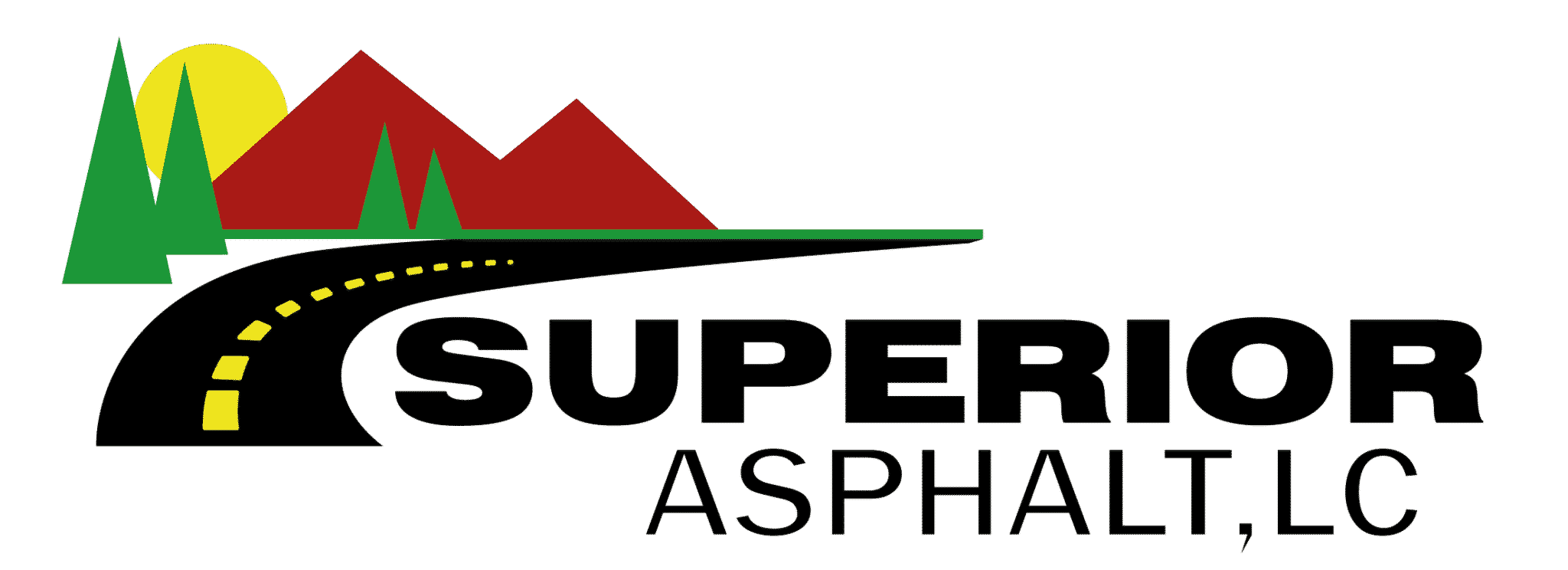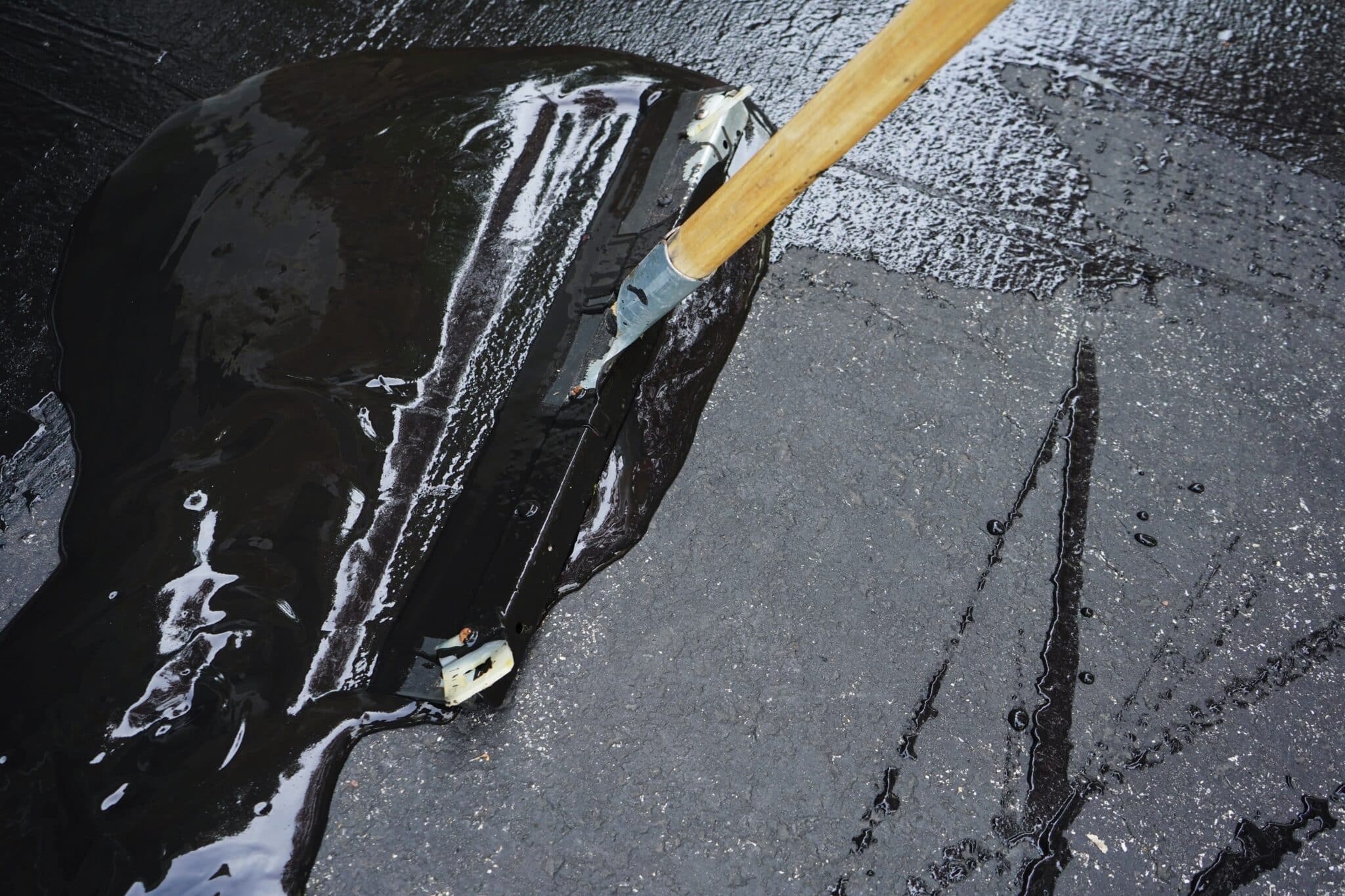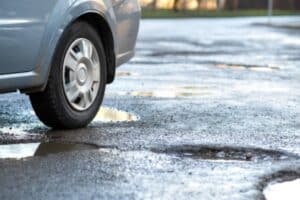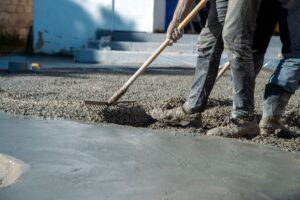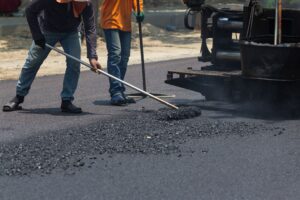If you are a property manager, HOA, or facilities manager and have been wondering when the best time of year to sealcoat is, then this blog post is for you! We’ll talk about the best time of year to sealcoat to get the most out of your investment. Whether it is driveway sealcoating, parking lot sealcoating, or any other project, we’ve got you covered.
The Best Time of Year to Sealcoat
Sealcoating needs to be applied under specific conditions for it to be set right. Thus, it is important to know what time of year and season is best for sealcoating, so it is the most effective. From temperature to weather conditions and son, there is a lot to consider.
The perfect time to apply a sealcoat is after the surface has warmed up and dried out. However, Spring and early Summer are great times to get it done. Heat aids in the drying of the sealer by eliminating any extra moisture. In ideal circumstances, a sealcoat might dry in as little as 24 hours. However, it is best to wait at least 72 hours (about 3 days) before driving on the sealcoated surface. So, if you are looking to sealcoat to protect your asphalt driveway or parking lot, be sure to do so sometime between late summer and early fall.
The Best Time of Day to Apply Sealcoat
There is no established time for you to apply a sealcoat to the pavement. You may use it any time of day if the pavement temperature does not drop below 40 degrees at night. Many individuals prefer to begin their sealcoating project around mid-morning when the sun’s temperatures are just rising, and humidity levels are not too high.
For business owners, you may follow these same procedures to apply a sealcoat to your driveway or parking lot. Many companies choose to apply a sealcoat over the course of two days. This way, you will not have to shut down your parking lot and lose revenue.
Avoid Shady Spots
You must consider the amount of shade on the road when preparing to apply sealcoating. Because sunlight is more direct, the sealant will dry quicker than a shaded area. The time of day you need to apply the sealcoat is determined by this factor. Your pavement may be in the shade during the day. While this is not a major issue, it will extend the time it takes your pavement to dry. If you want to avoid any shadiness on your pavement, you may wish to apply the sealcoat first thing in the morning.
For many individuals, their entire driveway is in the shade. You will have to deal with it and wait for the sealant to dry if this happens. Although shade has no effect on the sealant, it does delay your return to driving on your road surface.
Sealcoating Temperature
As mentioned earlier, temperature is a crucial component of sealcoating. Thus, it is important to know the best weather and temperatures for sealcoating. No matter what season, winter or summer, there is always time to seal coat residential driveways or complete commercial sealcoating projects.
The ideal temperature range for applying asphalt sealcoating is between 55- and 90-degrees Fahrenheit. The optimum temperatures are those that start at around 70 degrees Fahrenheit in the morning and increase throughout the afternoon.
To keep the surface from taking longer to dry and impacting the finished coating’s performance, the temperatures of the surface and air must not be colder than 55 degrees Fahrenheit at any point within 24 hours after applying asphalt sealer. In most situations, warmer weather is preferable when it comes to sealcoating drying times.
Read More: Sealcoating Temperature and Weather Conditions
Asphalt Sealcoating & Rain
Weather conditions are also a major factor when considering the best time of year for sealcoating.
A good rule of thumb is to not apply a parking lot or driveway sealer when rain or extensive moisture is in the forecast within 24 hours after the application. Otherwise, your driveway could be ruined, and you will have lost time and money on applying for it!
However, if there is no sign of rain in the forecast for at least 48 hours (about 2 days), then sealcoating can go ahead as planned. Just be sure to keep an eye on the weather and if any rain is in the forecast, delay your application until it clears up.
Likewise, as your sealer is drying, ensure your sprinkler system is off to avoid any issues!
Read More: Sealcoating Asphalt and Rain
Asphalt Sealer Drying Time
In general, all asphalt sealcoat projects need a minimum of four hours of drying time before light traffic (such as cars) can use the surface; however, it is best to wait 24 hours to minimize damage and avoid potholes.
Heavy traffic, such as trucks or buses, should not use the new asphalt surface for at least 72 hours (about 3 days). So, if you are looking to have a sealcoating job done on your driveway, give yourself plenty of time before needing to use it again!
As the sealer is drying, it’s best to check on your surface before letting cars drive on it. If it is still glossy, it may need more time to dry. In warmer climates, you may walk on the surface 4 to 6 hours after, so long as it no longer appears glossy. Lastly, light scuff marks are normal for the first few weeks but will go away with time — no need to worry!
Read More: How Long Does Sealcoat Take to Dry?
How often should you reapply asphalt pavement sealer?
When the sealcoat is applied correctly, it will last a year to two. It is important to repair any flaws before they become apparent and reapply for any parking lot or driveway seal coating before then if necessary.
Read More: How Long Does Sealcoating Last?
Planning for Your Sealcoating Service
Now that you know when the best time of year to sealcoat, be sure to keep these things in mind when planning your asphalt paving project.
When you are ready to schedule your sealcoating, call our professionals at Superior Asphalt, LC. We are committed to providing the best service for your needs. From asphalt repair to asphalt sealcoating, we will take care of everything involved with maintaining your asphalt driveway or parking lot surface that you can be proud of. Contact us today!
